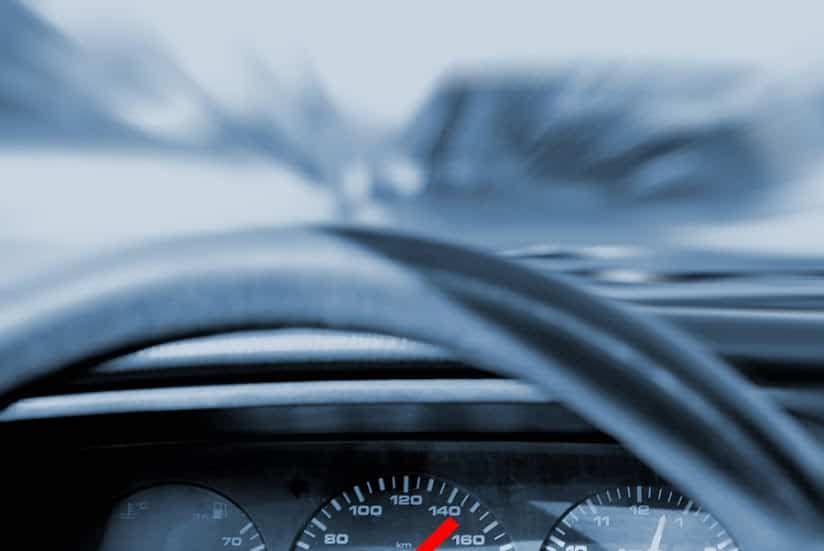When someone makes the choice to drink and drive, they probably aren’t thinking beyond just getting to their destination. If they took a moment to weigh the pros and cons of their decision, they’d realize that having a driving under the influence (DUI) or driving while impaired (DWI) conviction has long lasting consequences, including a misdemeanor or felony on their record, required substance abuse courses, or a year long ignition interlock program.
If they are required to install an ignition interlock, they probably didn’t consider how they might find it potentially embarrassing to use the device to start their vehicle or how they could explain it to other people who drive in the car with them. That’s why this public service announcement (PSA) from the Minnesota Department of Public Safety should be required viewing for anyone who applies for a driver’s license or anyone who is arrested for a DWI in the state.
[youtube https://www.youtube.com/watch?v=XqBOwvosPOQ]
Minnesota requires all repeat and first time offenders who are arrested with a blood alcohol concentration (BAC) of .16 or great to install an ignition interlock or not drive at all. According to the state’s ignition interlock laws, they can choose from three options available to them:
• Use an ignition interlock and obtain an ignition interlock restricted license that will give them full driving privileges
• Wait through a full 15 days driver’s license suspension and then obtain a limited license that allow the person to drive only to and from work or treatment
• Don’t drive at all for the full 90 day period
If you have a BAC of .16 or over and it’s your first offense, you can choose a restricted license and an ignition interlock or don’t drive at all for one full year.
Drinking and driving is a choice made by the driver. Maybe watching a PSA like this one could help you realize this scenario could easily happen to you, so share it with friends and help them rethink the decision to drink and drive.
